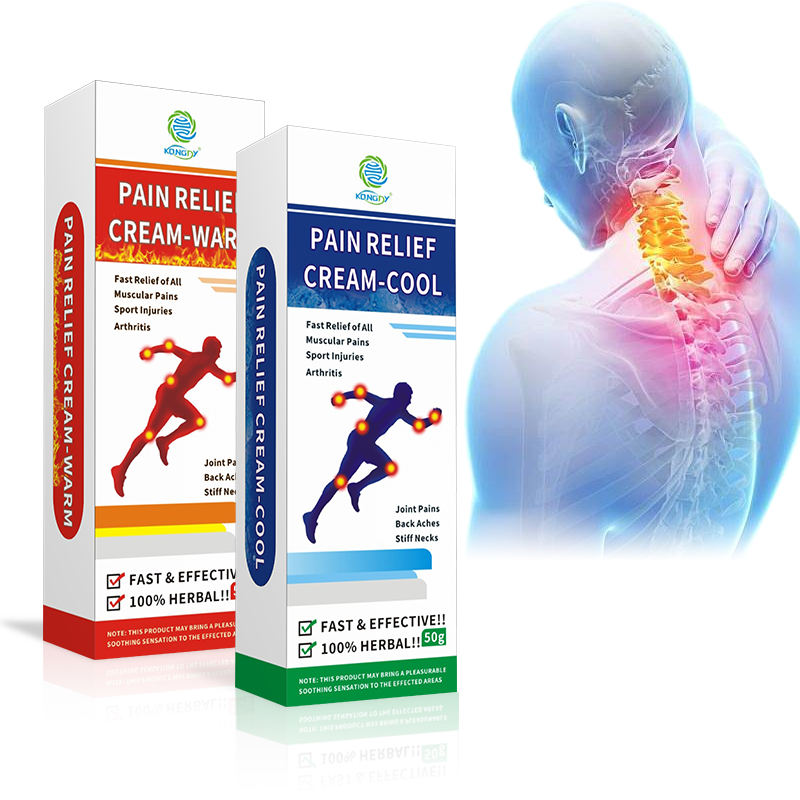Pain creams are at the forefront of targeted pain relief, providing a scientifically backed alternative to systemic treatments. Their localized action and user convenience have positioned them as a top choice for patients and healthcare professionals alike. But what exactly makes a pain cream effective? The answer lies in both its formulation science and its ability to penetrate the skin barrier with precision.
The skin, while protective, can be a barrier to therapeutic agents. High-performance pain creams are formulated with penetration enhancers such as alcohols, emulsifiers, and liposomes, which help active ingredients reach deeper tissue layers. The choice of carrier base—gel, cream, or lotion—also affects the absorption rate and patient experience. For example, water-based creams may be preferred for quick drying, while oil-based formulations offer prolonged moisturization and deeper penetration.
Scientific studies have validated the efficacy of key topical analgesics like capsaicin, which depletes substance P (a neurotransmitter involved in pain transmission), and diclofenac, which directly reduces prostaglandin synthesis. These active compounds, when delivered topically, can relieve pain from arthritis, back injuries, tendonitis, and even some forms of nerve pain.

From a manufacturing perspective, professional-grade pain cream production requires strict adherence to Good Manufacturing Practices (GMP) and safety protocols. Stability testing, pH balance, microbial control, and consistency in active ingredient concentration are critical. OEM factories that offer R&D services can work with clients to develop customized pain cream formulas that cater to specific markets—whether it’s for sports recovery, elderly care, or traditional herbal therapy.
Moreover, packaging innovation plays a crucial role. Airless pump bottles, aluminum tubes, and single-use sachets not only enhance product integrity but also improve user convenience. This makes private-label and white-label opportunities in the pain cream industry especially attractive for distributors and brand owners seeking a fast route to market.
As consumer preference shifts toward natural, safe, and effective solutions, the future of pain cream development lies in combining traditional knowledge with modern pharmaceutical innovation. Whether used as a stand-alone product or as part of an integrated therapy regimen, pain creams deliver reliable relief—with precision.






